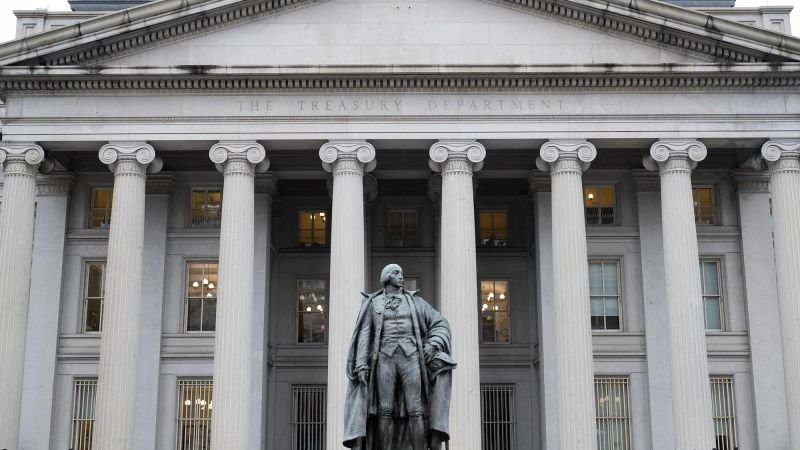The benchmark 10-year US Treasury note saw a significant jump in its yield, reaching 4.029% on Monday, the highest level since August. This increase came after a strong September jobs report that led investors to rethink their expectations for Federal Reserve rate cuts for the rest of the year. Traders are now betting on a quarter-point rate cut by the Fed in both November and December, leading to the rise in the 10-year yield.
This higher yield on the 10-year Treasury note will have implications for both companies and consumers. It affects rates on mortgages, student loans, and car loans, making borrowing more expensive for consumers seeking to make significant purchases. As investors become more confident in the outlook for job creation, robust growth, and slower inflation moderation, the Fed is expected to ease policy at a more gradual pace than initially anticipated.
According to Karl Schamotta, the chief market strategist at Corpay Cross-Border Solutions, the Fed’s approach to monetary policy is shifting due to the positive economic indicators. As investors await key data releases this week, including the Consumer Price Index for September and wholesale inflation figures, they hope to gain insights into the Fed’s future rate decisions. While inflation has eased enough for the Fed to prioritize employment maximization, concerns remain about how a strong job market could impact inflation.
The recent spike in the 10-year Treasury note yield reflects growing confidence in the US economy’s strength and stability. This confidence is driven by strong job creation, robust economic growth, and a gradual decline in inflation. As the Fed considers its rate-cutting strategy for the remainder of the year, investors are closely monitoring economic data releases for clues on how the central bank will proceed. The potential impact of a still-hot job market on inflation remains a concern for some investors.
With expectations of a gradual easing of monetary policy by the Fed, investors are adjusting their positions accordingly. The recent increase in the 10-year Treasury note yield signals a shift in sentiment towards a more optimistic economic outlook. As consumers face higher borrowing costs for major purchases like homes and cars, companies may also feel the pressure of increased interest rates. The evolving economic landscape will continue to shape the Fed’s decisions on interest rates and monetary policy.
Overall, the recent spike in the 10-year Treasury note yield reflects changing expectations for Federal Reserve rate cuts and economic performance. As investors analyze key economic data releases for guidance on future rate decisions, the impact of higher borrowing costs on consumers and companies becomes apparent. The Fed’s gradual approach to easing policy highlights growing confidence in the US economy’s strength, despite lingering concerns about inflation. The coming weeks will provide further insights into the Fed’s rate-cutting strategy and its implications for the broader economy.

